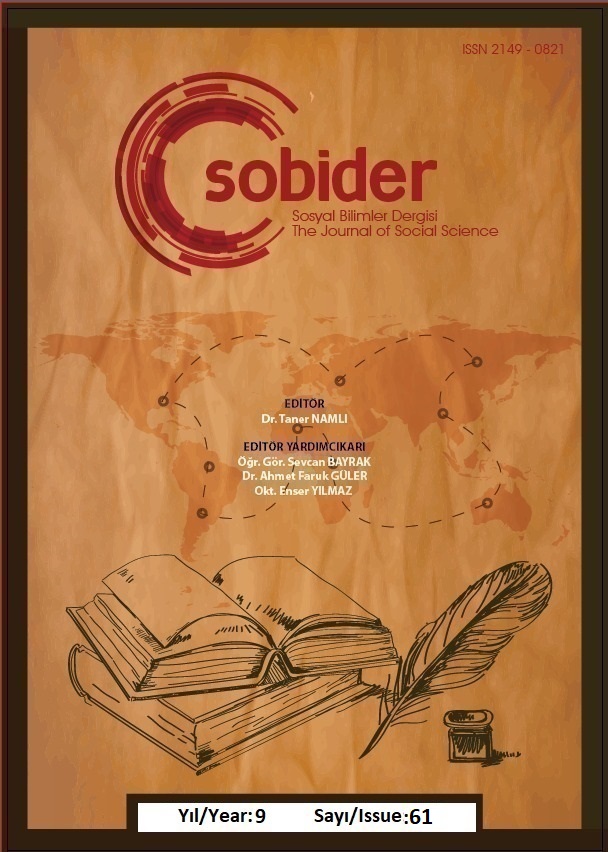Author :
Abstract
Ayasofya Şadırvanı, II. Mahmud (1696-1754) döneminin şaheseri olarak kabul edilmesi bir yana, sahip olduğu kitâbeleri ile de yazı sanatı bakımından da adeta hazinedir. Bu yapıdaki hatlar, edebi ve sanat seviyesi yüksek kitâbeleri bakımından hem maddi hem manevi değerlerle örülüdür. Bu kıymete nazaran, Şadırvanın celî ta’lîk kitâbeleri de estampajlarıyla birlikte, daha önce tarafımızdan, yayımlanarak ilgililerin istifadesine sunulmuştur. Şadırvan’ın iki celî ta‘lîk kitâbesinden başka, revak kemerlerinin üzeri ve dış yüzeyinde kuşak şeklinde dolanan bir başka kitâbesi daha vardır. Bu üçüncü kuşak celî sülüs yazının metni, İmam Busûrî’nin Kaside-i Bürdesi’nin on altı beyitidir. Arapça her bir beyit kitâbeli paftalar içindedir. Plastik sanatlar disiplininde, sanatçıların çalıştıkları sahadaki çizgi,yazı ve desen kalıpları son derece önemlidir. Sanat disiplinlerinde yeni ekollerin hazırlayıcısı olan ve üslûplar arasında köprü vazifesi gören temel devreleri çok iyi tahlil etmek gerekir ki yazıların en sağlıklı verileri, bire bir örnekleri yansıtan estampaj kalıplarıdır. Bu estampaj kalıplarında, kitabenin hattatı olan Baltacızâde Mustafa Paşa’nın celî sülüs yazıdaki şive-i kitabet özelliği, bu çalışmada sıralanan Ayasofya Şadırvanı celî sülüs hatlarının estampajları örneğinde tanıtılmaktadır.
Keywords
Abstract
The fountain is considered an architectural masterpiece for the period it was built(1153/1740-41). In addition, Şadırvan has historical documents of Turkish calligraphy. The fountain has celi talik and celi sülüs inscriptions, which have a high literary and artistic level. In the past, the celî ta'lik inscriptions of the Şadırvan were published in different journals by us. In this article, the estampages of inscriptions are examined in terms of their relevance to Turkısh celi sülüs' characters. At the same time, these inscriptions were photographed by us. On top of this, estampages of these articles were taken. The writings of the famous calligraphers are studied only in this way. If this method is followed, there will be improvement and new schools will be formed. The inscriptions presented here and their examples of estampage are also addressed for this purpose. Because estampages reflect the fonts of the calligraphers who wrote them. The letter forms that are specific to calligraphers are called şive-i kitâbet in classical terms. Artist-specific writing characters can be easily seen in these estampage patterns. This study introduces celî sülüs calligrapies in belong to the Hagia Sophia. Celî sülüs letters in relief are shown with this estampages’s examples. This study examines the celi sülüs inscriptions written by Hattat Baltacıoğlu Mustafa Pasha on the dome of Hagia Sophia.





